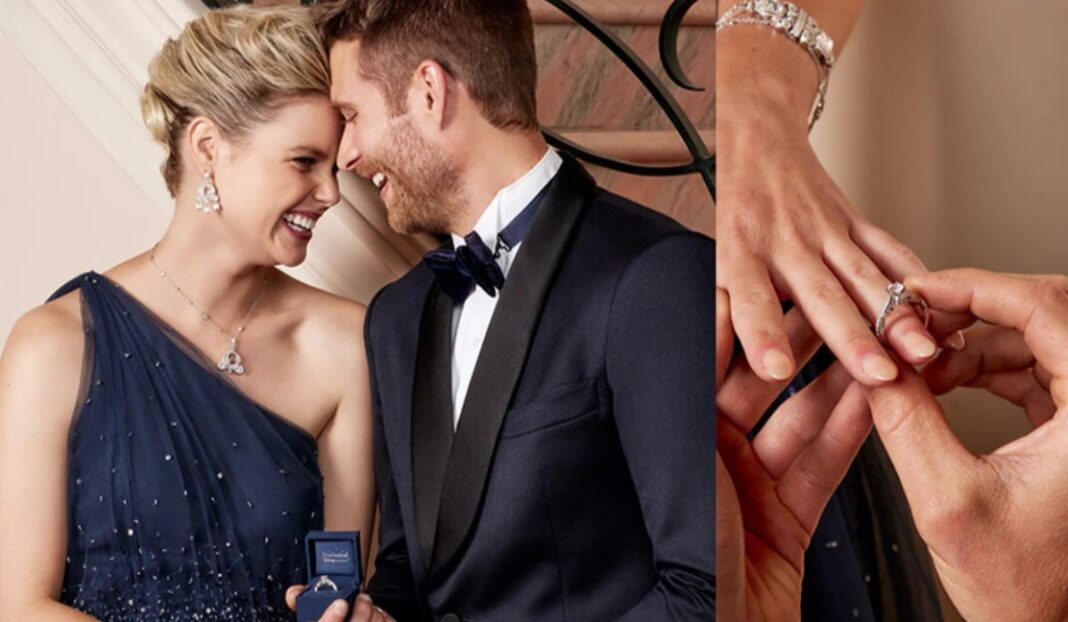Historically, gold has been the most popular metal for making high-end jewelry because of its aesthetic appeal and symbolic representation of wealth, prosperity, and the sun’s warmth. Gold is still a timeless choice for engagement rings. Nevertheless, when choosing the perfect gold engagement ring, you have to decide between 14K or 18K gold varieties. Each variant provides a unique combination of features, advantages, and considerations.
Before deciding, check out some pros and cons of 14K and 18K gold engagement rings.
14K Gold Engagement Rings
14K gold contains about 58.3 percent pure gold, while the other percentage consists of an alloy formed from mixing other metals with gold. For this reason, it has a very strong composition and lasts long even when worn regularly as daily jewelry.
Pros
- Durability: 14K has more alloy, making it harder and more durable. Therefore, it is less likely to get scratched and lose shape and can be used daily.
- Affordability: Unlike the 18k gold, the 14k engagement rings have a lower percentage of gold. Consequently, they can fit into many budgets without compromising aesthetics.
- Color Variety: 14k gold is available in yellow, white, and rose gold, among other colors. Depending on the extra alloys added, fabulous shades are available that will suit different tastes in beauty.
Cons
- Less Pure: Due to its low gold content, 14 K may not be good enough for luxury buyers who care about the amount of gold in their ornaments.
- Potential Allergic Reactions: There are people whose skin reacts after wearing jewelry made of 14K gold containing nickel or any other metal element.
18K Gold Engagement Rings
The 18k gold engagement rings comprise 75% pure gold and 25% alloy metals, producing gold as shiny and bright as the real thing but still strong enough for daily wear.
Pros
- Richer Color: The higher amount of gold in 18-karat gold gives it a deep yellow hue, which is desired for its luxurious and traditional look. This makes it exceptional for shining engagement rings.
- Less Likely to Cause Allergies: Because of its higher purity levels, 18K gold is typically more hypoallergenic, reducing the chances of people reacting to some alloys.
- Prestige: It is not just about how it looks but also about its reputation. With high gold content, this type of jewelry is associated with affluence due to its image as an investment or a mark of love.
Cons
- Softness: The beauty of 18K gold comes at a price — soft nature. It is more easily scratched and subject to wear over time than 14K gold, thus requiring increased care and maintenance.
- Higher Cost: Since it contains more desirable gold, 18K gold will have a higher overall cost. This could be important for couples considering the expenses of their wedding day and life together.
Making the Choice
The decision between a 14K and an 18K gold engagement ring always hinges on one’s taste, way of life, or financial capability. Ordering one in 14k would be the most lucrative option for those who prefer durability with low prices.
In contrast, if someone desires pure gold more than anything without caring that it requires extra maintenance and money to acquire, then buying an 18k band will make this possible. Whichever you decide on, gold diamond engagement rings will serve beautifully as a symbolic commitment to your love.


